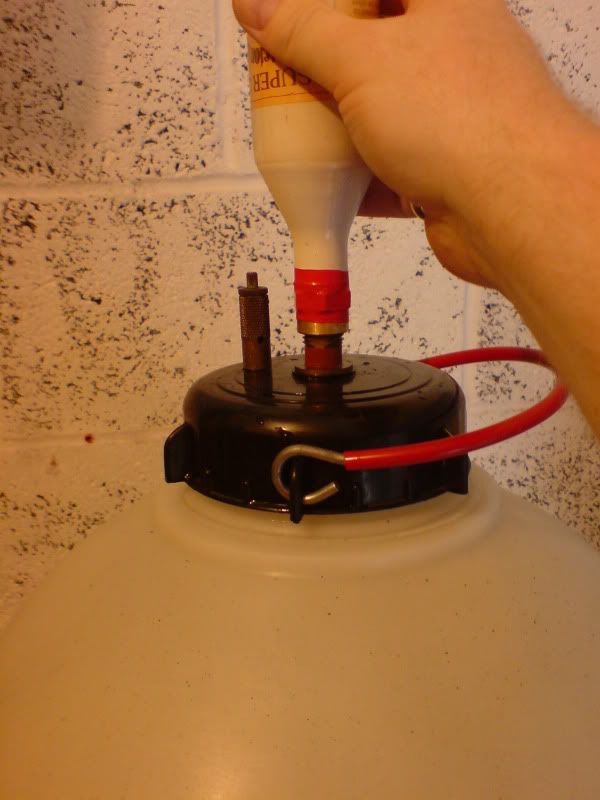tubby_shaw
Regular.
- Joined
- Feb 7, 2009
- Messages
- 387
- Reaction score
- 15
In your starter kit you will have a hydrometer, read the instructions on how to use it, then wait until the yeast has been pitched for at least 7 days, then take a reading and make a note of that reading.farmer giles said:Im trying to find a kit similar in taste to Newcastle Brown Ale, do you have any suggestions?
thanks
[quote="tubby_shaw":1gy02zic][quote="farmer giles":1gy02zic] At what point would you suggest is best to keg/bottle?
Take another reading 24 hours later, if it is the same and in the range of 1.014 and 1.000 for a kit, then it is ready to keg or bottle, although it is beneficial to leave for another couple of days to allow more yeast to drop out of suspension.
If you wish to bottle then ideally it should be done at this stage :thumb:[/quote:1gy02zic][/quote:1gy02zic]
I don't I'm afraid, I very rarely brew kits now :)










































